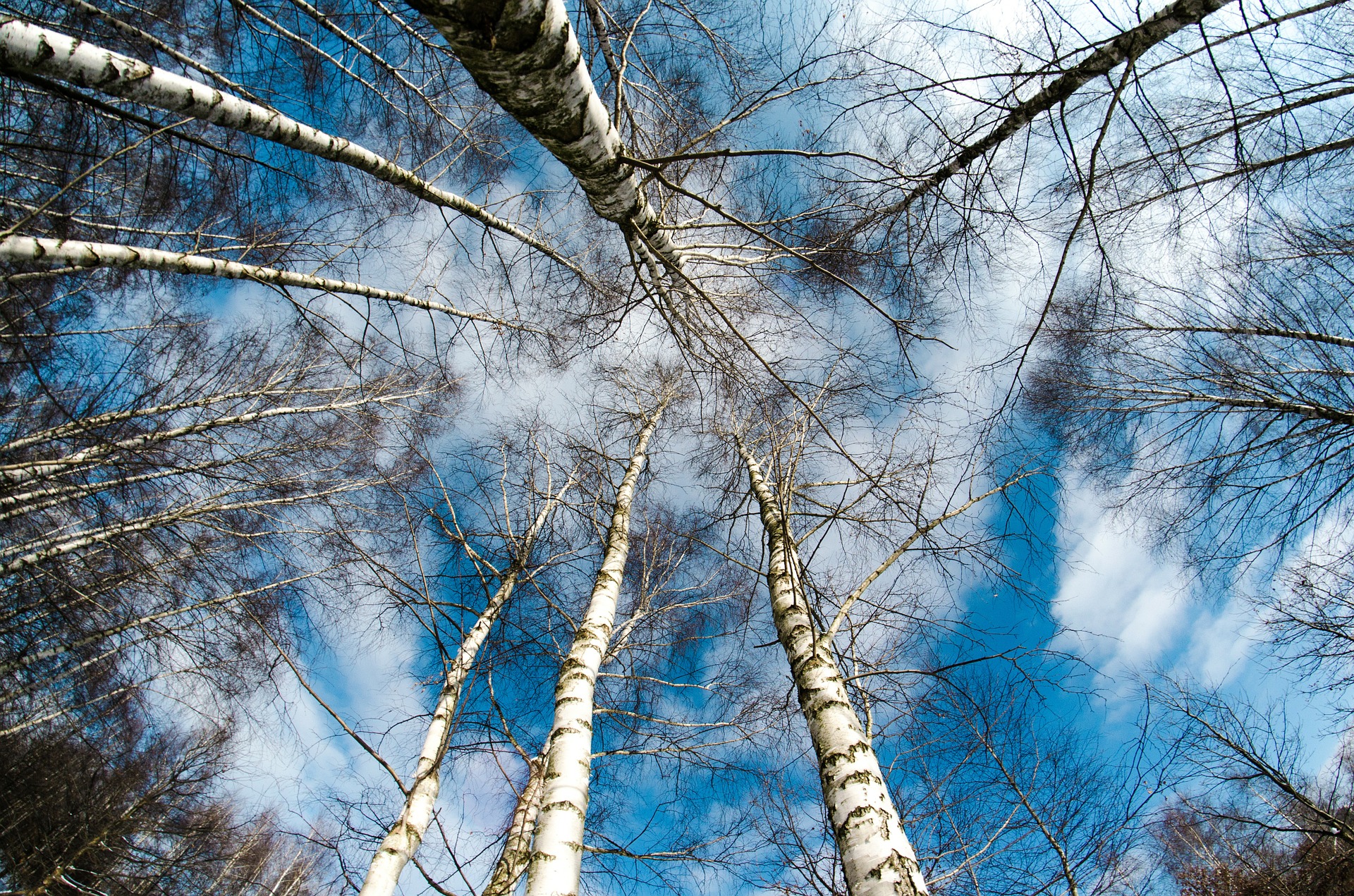
The most anthologized poem of Robert Frost was probably written in 1913-1914, but it was first appeared in 1915 in Atlantic Monthly in the August issue and was later collected in Frost’s third book Mountain Interval (1916). He was perhaps inspired by another not-so-famous American poet Lucy Larcom’s poem “Swinging on a Birch tree.” Frost once said, “it was… Continue reading Birches: Summary: 2022
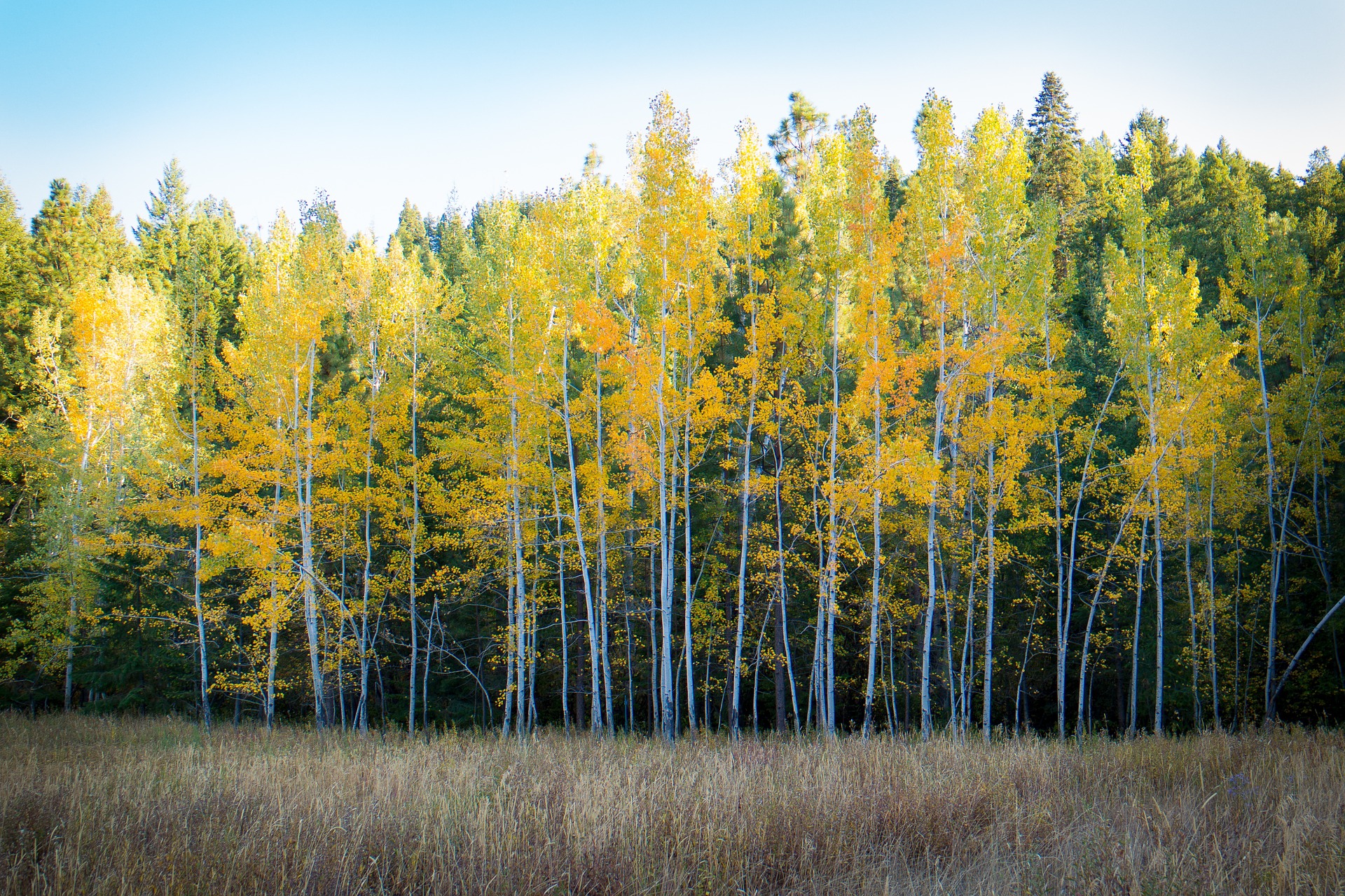
Written in conversational language, the birches poem constantly moves from reverie to reflection, truth and imagination, earth and heaven, concrete and spirit, control and abandon and flight and return. In the first section of the poem, he gives us the possible explanations for the bending of the birch trees. Then he goes on to describe… Continue reading Analysis of Birches by Robert Frost: 2022
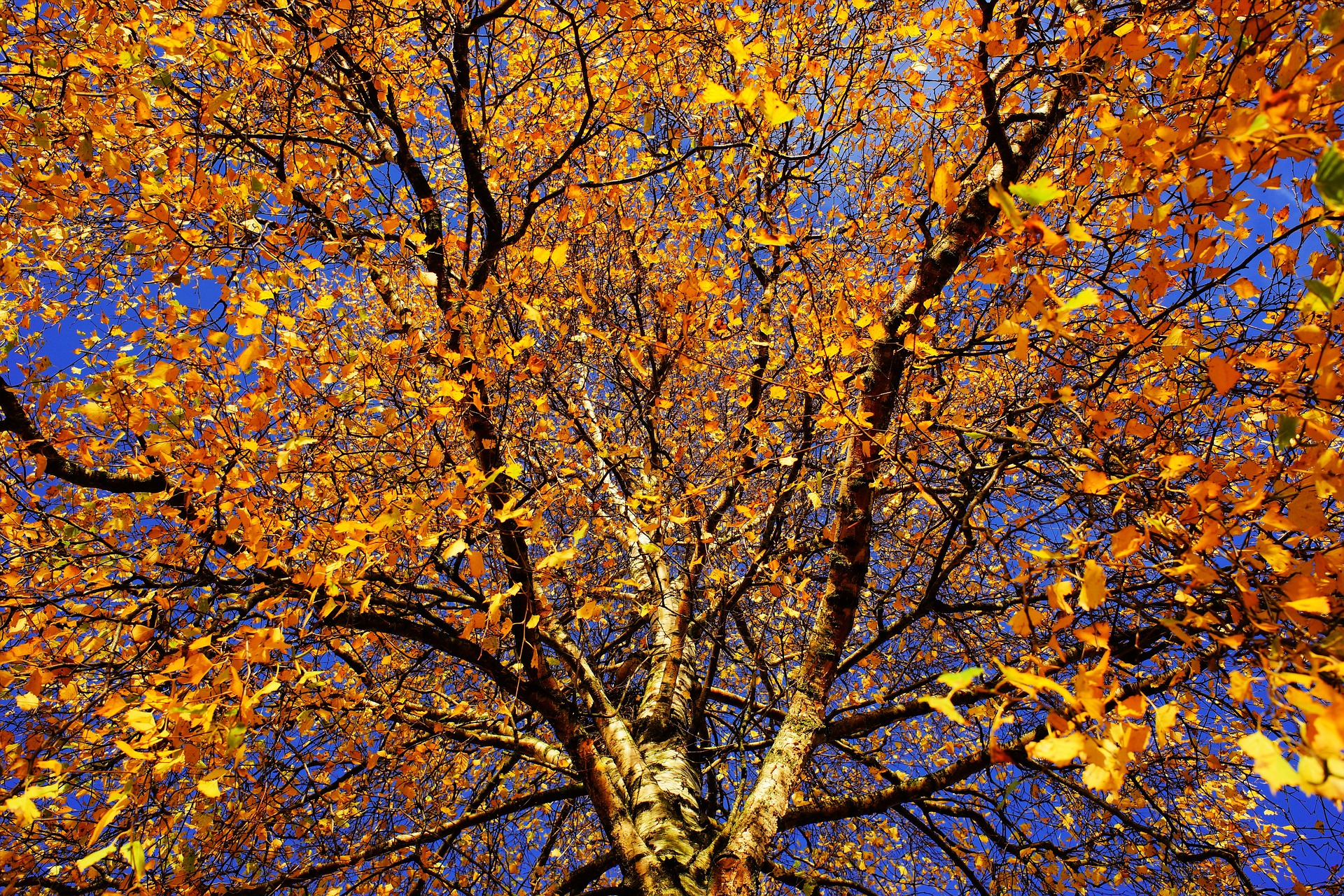
Youth The poem is full of allusions to the childhood experiences of the poet-cum-narrator and the imagined boys. The poet seems weary of this world and wants to return to his childhood once again leaving behind the responsibilities, duties, drudgeries of the day to day existence. This is a common theme in the poems of… Continue reading Birches: Theme, Tone, and Figure of Speech: 2022

The poem “The Death of The Hired Man” appears in North of Boston, a collection of Robert Frost’s poems, which was first published in the year 1914. The Death of The Hired Man poem has a pastoral setting to it, with the principal characters being a farmer, Warren, his wife, Mary, and an itinerant farmhand… Continue reading The Death of the Hired Man: Analysis, Theme, and Literary Devices: 2022
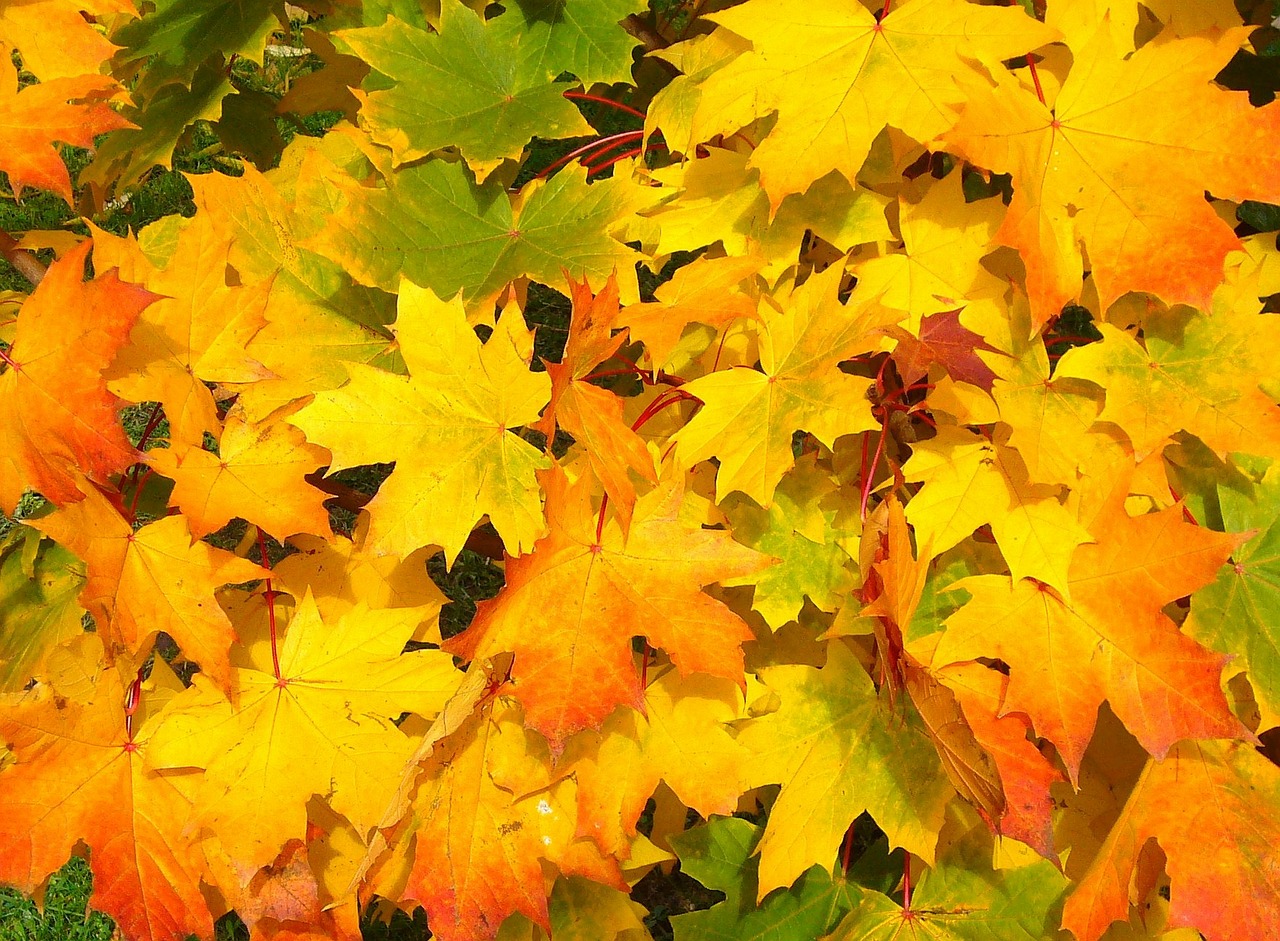
Nothing Gold Can Stay poem was published as a part of Frost’s collection of poems called New Hampshire. It was written in the year 1923. Frost eventually won a Pulitzer Prize for poetry the following year after its publication. The nothing gold can stay analysis, and nothing gold can stay interpretation is here given in detail. Nothing… Continue reading Nothing Gold Can Stay: Tone, Theme, Literary Devices: 2022
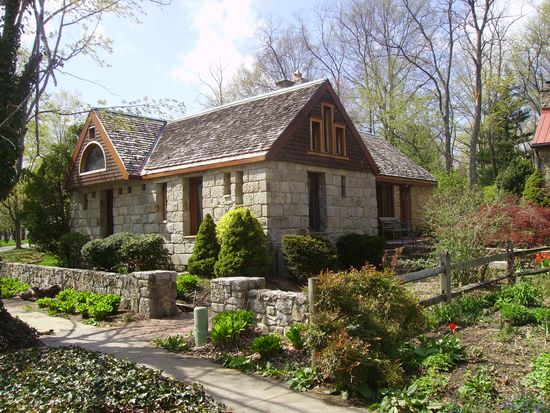
Robert Frost’s “Hyla Brook” was published in 1916, as part of Mountain Interval. The poem talks about a brook close to the poet’s farm, which is named after the Hyla frogs which form their breeding grounds at that spot. This is another of Frost’s nature poems, and this one is based on memory and love.… Continue reading Analysis and Summary of “Hyla Brook” by Robert Frost: 2022

An extremely precise and compact lyric, Fire and Ice traces the didactic tone of the speaker compressed into a terse and pithy language. The aim of the poet is aphoristic, where concise statements are packed with general or philosophical truth. The tone of the speaker is undercut with humor, wrath, passion, fury, objective detachment and… Continue reading Tone of the Poem “Fire and Ice”: 2022

Symbolic overtones pervade the laconic atmosphere of the poem. The poem is itself a symbol of foreseeing the ultimate end of the world, punctuated human conditions. The poem is also a symbol of human acceptance of the ultimate and inevitable end, the predestined end that we must and have to embrace. Figures of Speech in… Continue reading “Fire and Ice”- Figures of Speech and Imagery: 2022

The poetic expression relies heavily on the rhyme scheme. “Fire and Ice” rests upon an irregularly interweaving of the pattern: three rhymes and two line lengths into the poem consisting of nine lines. Each line finishes either with an ‘-ire, -ice, or –ate’ rhyme. This particular pattern is similarly used by Dante in his Inferno. The lines are… Continue reading “Fire and Ice” Rhyme Scheme: 2022
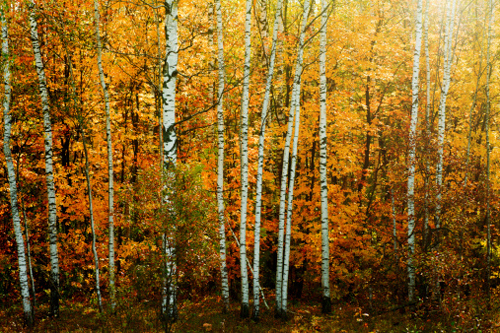
About the poet: Robert Frost, the most popular poet of America, was born in San Francisco, California, to Mr. William Prescott Frost, Jr., and Isabelle Moodie. His mother was a Scottish immigrant, and his father descended from Nicholas Frost of Tiverton, Devon, England, who had sailed to New Hampshire in 1634 on the Wolfrana. He… Continue reading Summary of Birches by Robert Frost: 2022





